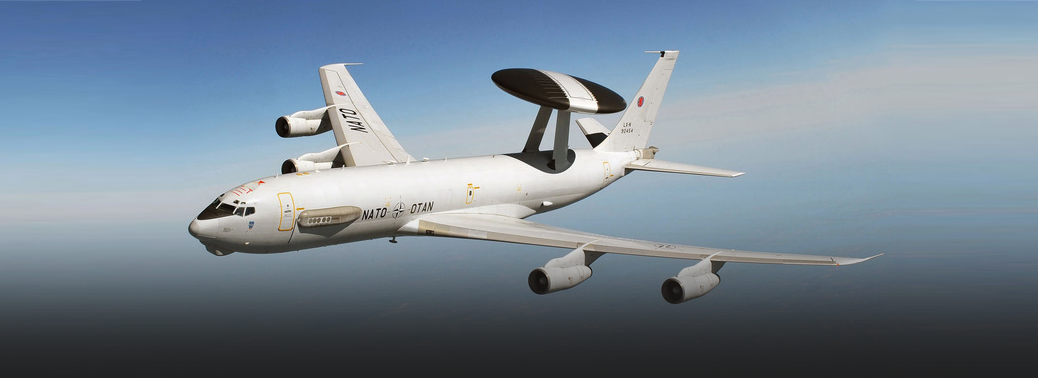POST BALAKOT, INDIAN AIR FORCE ZEROES IN ON KEY VULNERABILITY
29, May 2019

Prelims level : Science and Tech
Mains level : GS-III Technology, Economic Development, Environment
Why in News:
- After Balakot air strike, the Indian Air Force (IAF) has identified a shortage of Airborne Warning and Control System (AWACS) aircraft to provide round-the-clock surveillance as a major deficiency
Background:
Airborne Warning and Control System (AWACS):
- This system has the ability to detect incoming cruise missiles, fighter jets or even drones from both Pakistan and China.
- China has over 20 AWACS while Pakistan has 8 AWACS.
- The indigenous AeW&CS has completed all tests and certification.
- Pegged as a “force multiplier”, the system is equipped with a 240-degree coverage radars in contrast to the existing Phalcons, which provide a 360-degree coverage over a 400-km range.
- The AEW&C system will detect, identify and classify threats present in the surveillance area and act as a Command and Control Center to support Air Defence operations.
- Besides, the system will support IAF in offensive strike missions and assist forces in the tactical battle area.
- The Electronic and Communication Support Measures of the system can also intercept and gather electronic and communication intelligence from radar transmissions and communication signals.






